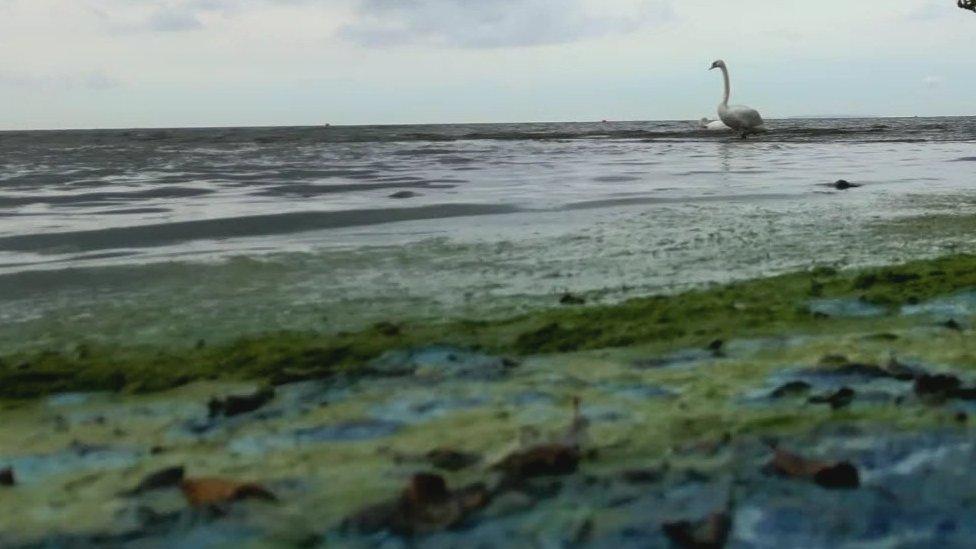Lough Neagh: 168 confirmed algae reports in Northern Ireland since May
- Published
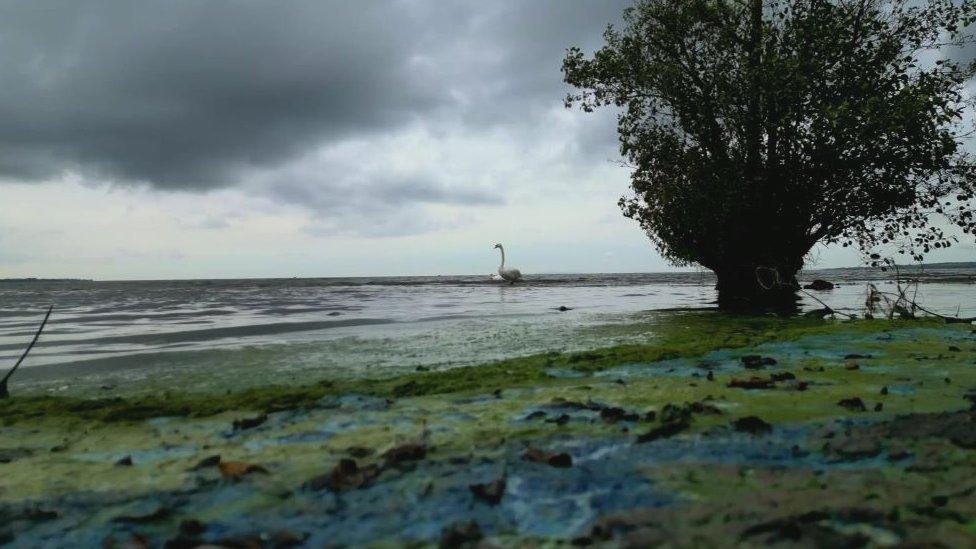
Blue-green algae has been found in 65 different locations across Northern Ireland over the summer
There have been 168 confirmed reports of toxic blue-green algae in waterways across Northern Ireland since May, the Environment Agency has said.
The agency warned there was no quick fix to the problem.
The algae has been confirmed at 65 locations in Northern Ireland with particular concern over Lough Neagh.
It is the biggest freshwater lake in the UK or Ireland and supplies 40% of Northern Ireland's drinking water and sustains a major eel fishing industry.
At a press briefing on Thursday, officials from the Food Standards Agency (FSA) and NI Water (NIW) said there is no risk in eating fish caught commercially in the lough or to drinking treated water.
Dymphna Gallagher, head of drinking water regulation at NIW, said: "We can give complete assurance that drinking water from Lough Neagh, taken to our treatment works and treated, is safe to drink.
"There is a great distinction between direct contact with blue-green algae in raw water and what you get in your tap."
Robin May, chief scientific adviser at the FSA, said there were no concerns about eating fish harvested from Lough Neagh by commercial fisheries.
He did advise that people should exercise caution about eating fish caught by private anglers from the lough.
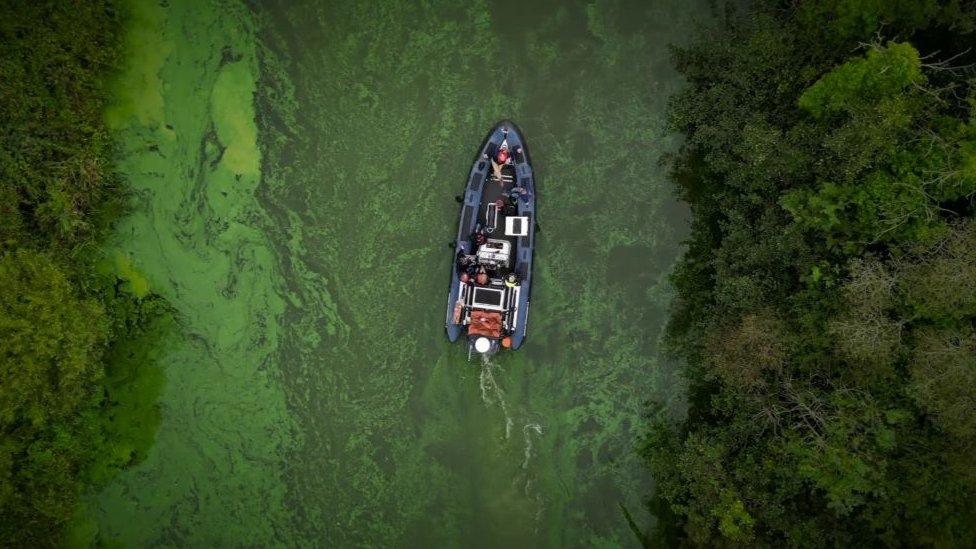
Nitrogen and phosphorus from agricultural fertiliser running off fields is believed to be a major contributory factor
During the briefing, Stormont officials said algae growth is linked to excess nutrients in the water.
Nitrogen and phosphorus from agricultural fertiliser running off fields is believed to be a major contributory factor.
The spread of the invasive zebra mussel species is also understood to have played a role, as they have made the water clearer, allowing more sunlight to penetrate, stimulating more algal photosynthesis.
Climate change is another factor cited, with the highest ever water temperature at Lough Neagh recorded in June.
The deaths of birds and dogs have been linked to the recent algae blooms.
A number of water-based businesses on Lough Neagh have also had to stop operating.
Reviews
Gareth Greer, from the water management unit at the NIEA, said the majority of the reports of the alage have been around Lough Neagh but they have also spread along the River Bann and reached beaches on the north coast.
The agency's Paul Donnelly said a working group is being put together to examine issues such as water quality.
"We are going to task that group to do a review of policies, a review of the regulations, a review of the knowledge, transition and behavioural change," he said.
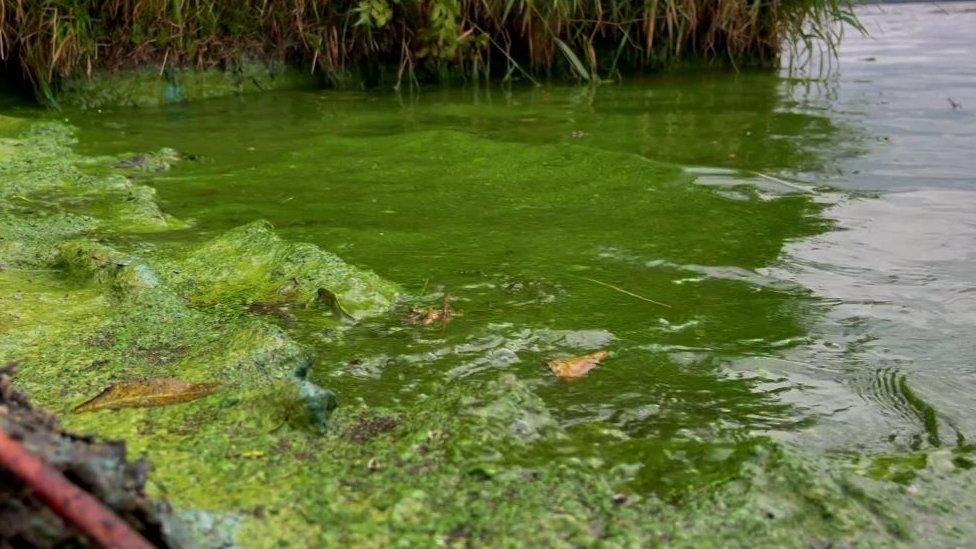
The Environment Agency has warned there is no quick fix to the issue
"That is important work, we have set ourselves the target of around 10 weeks to do that to try to develop a plan to map out a way forward so we can make an impact here.
"There is no quick fix to this problem. It has been a long time in the making and it will take a bit of time to solve."
He added: "If we had ministers (at Stormont) that would help the situation because this is not going to happen quickly.
"It is going to cost money, we do need investment, investment in people, resources to bring forward some of the actions that are going to be needed.
"It would be more helpful to have ministers in place to help us push this forward and take decisions that are going to need to be taken."
On Wednesday, about 250 people attended a public meeting to discuss concerns over the algal blooms in Lough Neagh.
The Social Democratic and Labour Party (SDLP) has called for MLAs to return to Stormont to discuss the issue.
The motion calls on the assembly to declare "an ecological crisis in Lough Neagh".
Related topics
- Published17 September 2023
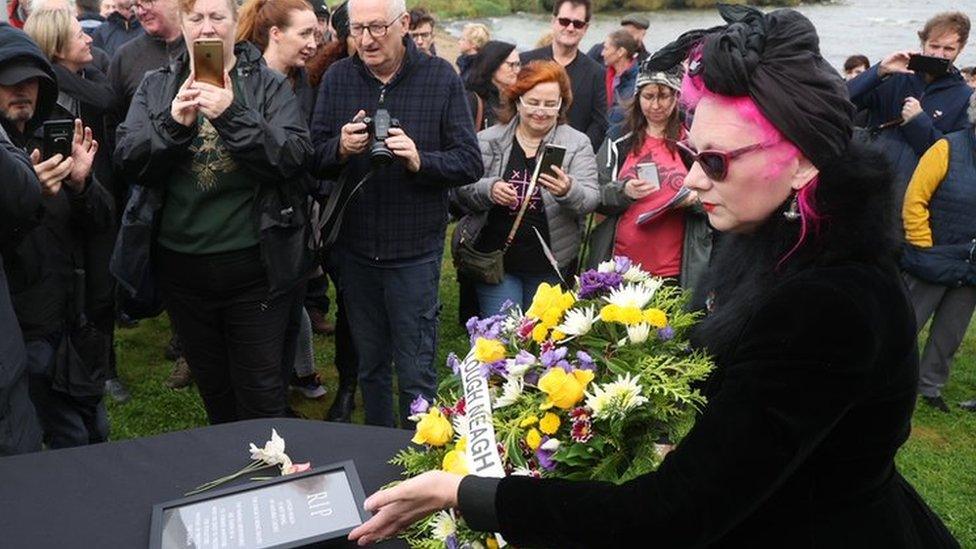
- Published3 October 2023
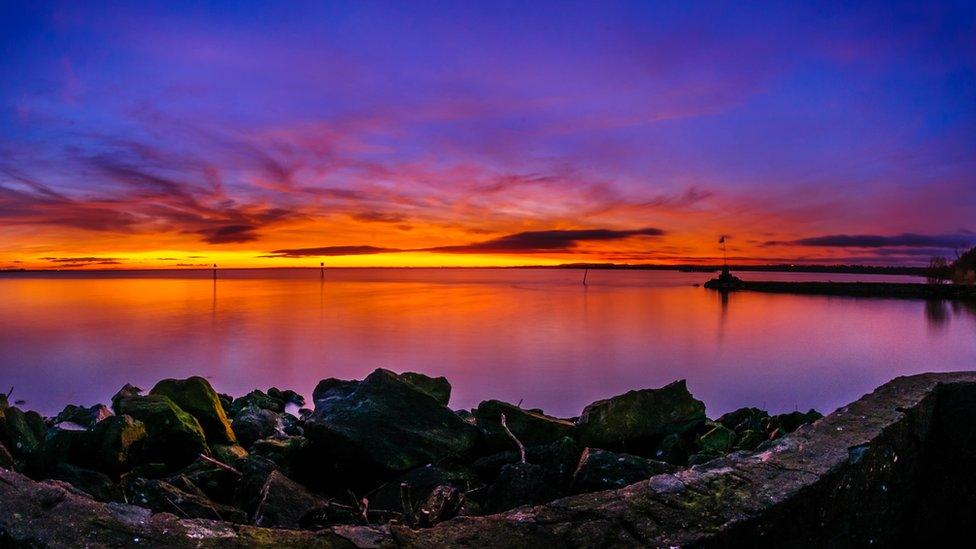
- Published19 September 2023
